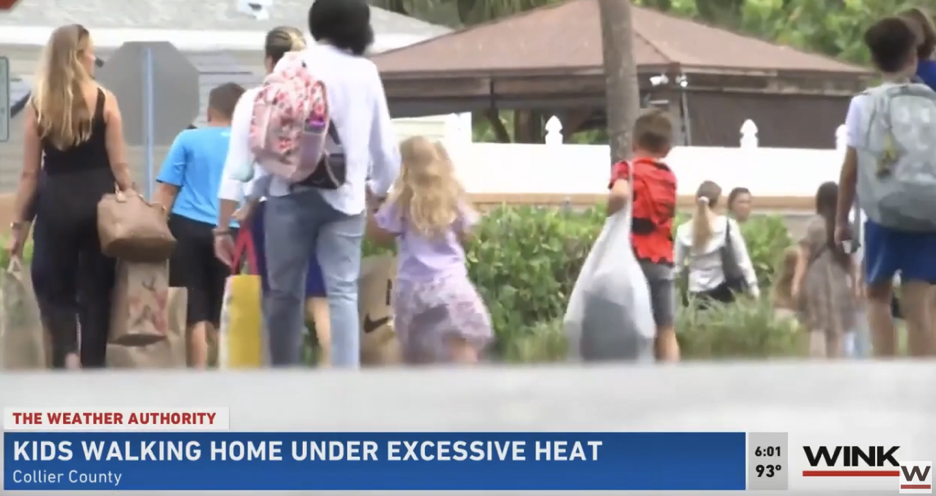Encouraging walking and cycling to get to and from places is one strategy to promote children’s physical activity, a health behavior with wide-ranging benefits. Municipalities have made large investments in crossing guards, education, outreach, and infrastructure projects through Safe Routes to School programs to help ensure children can walk, bike, and roll safely to and from school; however, extreme heat may threaten the effectiveness of these investments.

Using modeled estimates of heat stress and children’s geolocated physical activity on school routes, Routes to Environmental Justice is an ongoing study funded by the National Institute of Environment Health led by Dr. Kevin Lanza in collaboration with other HEAT Lab members Drs. Julia Gohlke, Perry Sheffield, Baojiang Chen, and Deborah Salvo. Briefly, the project aims to determine the relations between built environment changes from Safe Routes to School, children’s heat exposure, and their active school commuting behavior. Research findings can provide evidence for whether urban heat management strategies are needed to be incorporated as environmental interventions within Safe Routes to School and other programs designed to promote physical activity.
Learn more here, and check this webpage for project findings
